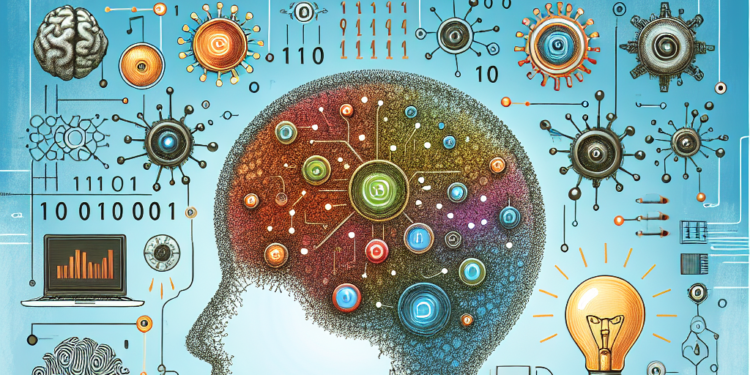Artificial Intelligence, or AI, has become a prevalent topic in today’s world. From self-driving cars to virtual assistants, AI is changing the way we live and work. But for beginners, understanding AI can be a daunting task. In this article, we will break down the essentials of AI for beginners so that you can gain a better understanding of this revolutionary technology.
What is AI?
Artificial Intelligence is the simulation of human intelligence in machines that are programmed to think and act like humans. It involves the development of computer systems that can perform tasks that typically require human intelligence, such as visual perception, speech recognition, decision-making, and language translation.
Types of AI
There are two main types of AI: Narrow AI and General AI. Narrow AI, also known as Weak AI, is designed to perform a specific task, such as facial recognition or language translation. General AI, on the other hand, is a hypothetical form of AI that can perform any intellectual task that a human can do. General AI is still a long way off, and most existing AI technologies fall under the category of Narrow AI.
Machine Learning
Machine Learning is a subset of AI that enables computers to learn from data without being explicitly programmed. It involves developing algorithms that can learn patterns and make decisions based on data. Machine Learning is used in various applications, such as image recognition, natural language processing, and fraud detection.
Deep Learning
Deep Learning is a subset of Machine Learning that uses artificial neural networks to learn complex patterns from data. It is inspired by the way the human brain processes information, with interconnected layers of artificial neurons that are trained to recognize patterns and make decisions. Deep Learning is widely used in applications such as voice recognition, image classification, and self-driving cars.
Key Concepts in AI
There are several key concepts that beginners should be familiar with when learning about AI. These concepts include:
– Algorithms: Algorithms are sets of rules or instructions that computers follow to perform tasks. In AI, algorithms are used to process data and make decisions.
– Data: Data is the fuel for AI systems. AI algorithms require large amounts of data to learn patterns and make predictions.
– Neural Networks: Neural networks are a type of AI algorithm inspired by the way the human brain processes information. They consist of interconnected layers of artificial neurons that are trained to recognize patterns.
– Training and Inference: In AI, training refers to the process of feeding data to a machine learning model to help it learn patterns. Inference, on the other hand, refers to the process of using a trained model to make predictions or decisions.
– Supervised and Unsupervised Learning: In supervised learning, the machine learning model is trained on labeled data, where the correct answers are provided. In unsupervised learning, the model is trained on unlabeled data, and it must find patterns on its own.
Applications of AI
AI is used in a wide range of applications across various industries. Some common applications of AI include:
– Healthcare: AI is used in healthcare for diagnosing diseases, predicting patient outcomes, and personalizing treatment plans.
– Finance: AI is used in finance for fraud detection, risk assessment, and algorithmic trading.
– Retail: AI is used in retail for predicting customer behavior, optimizing pricing strategies, and recommending products.
– Transportation: AI is used in transportation for route optimization, traffic management, and autonomous vehicles.
Challenges and Opportunities
While AI offers many benefits, it also presents challenges and ethical considerations. Some of the challenges of AI include:
– Bias: AI algorithms can be biased if they are trained on biased data. This can lead to unfair outcomes and discrimination.
– Privacy: AI systems that collect and analyze data raise concerns about privacy and data security.
– Job Displacement: AI has the potential to automate many tasks currently performed by humans, leading to job displacement.
Despite these challenges, AI also presents many opportunities for innovation and growth. With the right approach, AI has the potential to transform industries, improve quality of life, and drive economic growth.
Conclusion
AI is a complex and rapidly evolving field that offers many opportunities for beginners to learn and explore. By understanding the key concepts, applications, and challenges of AI, beginners can gain a better understanding of this revolutionary technology. Whether you are a student, a professional, or simply curious about AI, learning the essentials of AI can help you navigate this exciting field and stay informed about the latest developments.













